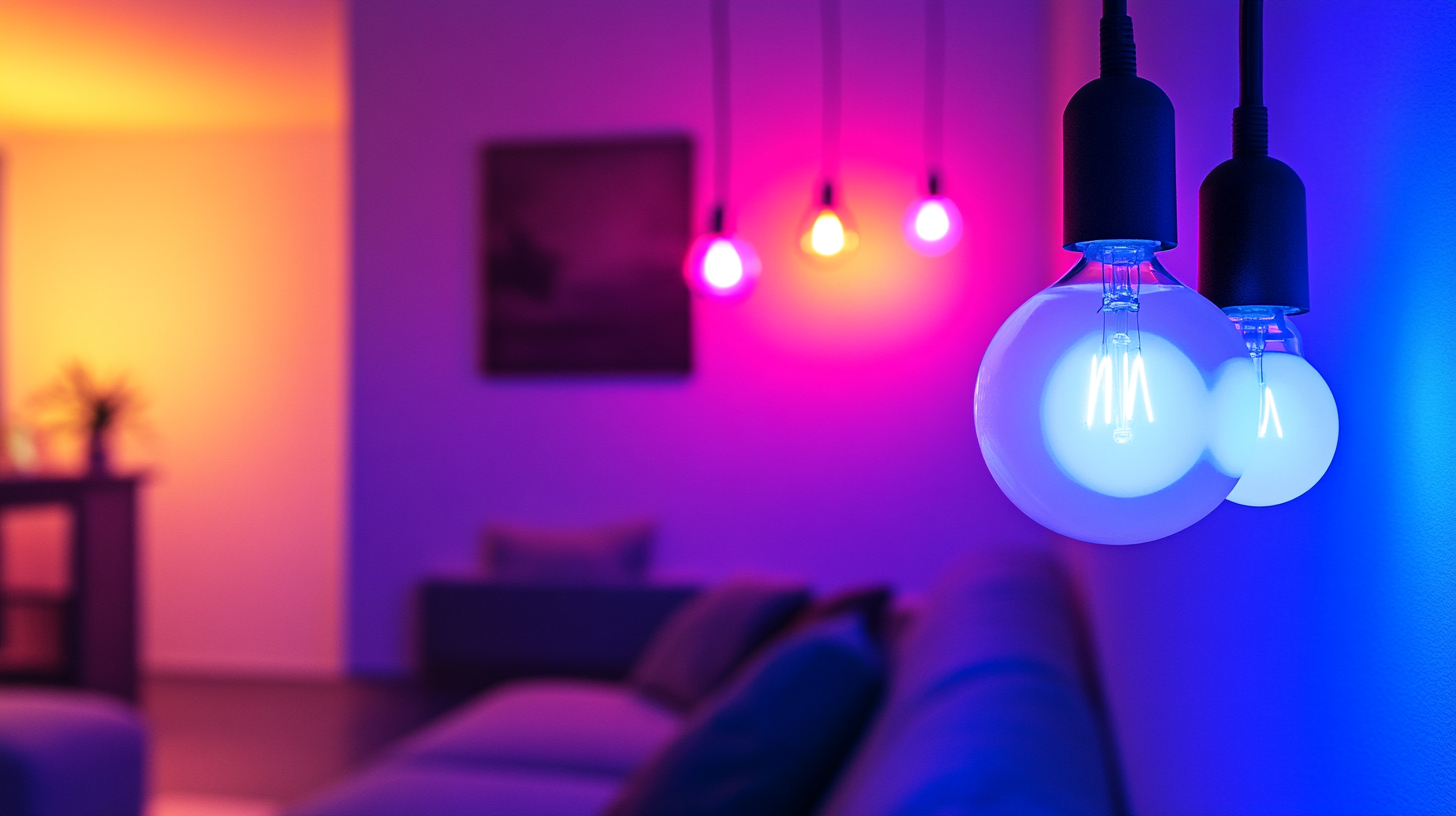Proper maintenance of lamp sockets is vital for ensuring longevity and optimal performance, particularly as these components are directly linked to electrical safety and efficiency. According to a report by the Lighting Research Center, approximately 30% of lighting failures in commercial settings can be attributed to issues related to lamp sockets. This statistic highlights the importance of implementing effective maintenance strategies to extend the lifespan of these essential fixtures. By adopting proactive measures, such as regular inspections and cleaning, alongside cost-saving techniques, facilities can not only enhance the durability of their lamp sockets but also reduce overall energy expenditure. As electricity prices continue to rise, addressing these areas becomes crucial. This blog will delve into practical maintenance strategies and cost-saving techniques that can significantly maximize lamp socket longevity, leading to safer and more sustainable lighting solutions.

Lamp sockets play a crucial role in the functionality and longevity of lighting fixtures. Understanding the importance of regular maintenance can significantly extend the life of these components, ensuring safety and efficiency. Dust and debris can accumulate in sockets, leading to poor electrical connections and potential hazards such as overheating or short circuits. Therefore, routine cleaning is essential to preserve the integrity of lamp sockets.
In addition to cleaning, periodic inspections are vital in identifying wear and tear early on. Checking for signs of corrosion or loose connections can help prevent more serious issues down the line. Replacing any damaged parts promptly not only enhances the lifespan of the lamp socket but also contributes to cost savings by reducing the need for complete fixture replacements. Implementing proactive maintenance strategies fosters a reliable lighting system, ensuring that your spaces are well-lit and safe at all times.
Maintaining lamp sockets is essential for maximizing their longevity and ensuring safe operation. To achieve this, having the right tools and supplies is crucial. According to the National Electrical Contractors Association (NECA), regular maintenance can extend the life of electrical components by up to 25%. Key tools for effective lamp socket maintenance include a multimeter for checking voltage and current, a wire brush for cleaning contacts, and dielectric grease for protecting connections from moisture and corrosion.
In addition to these tools, essential supplies like replacement sockets, high-temperature ceramic insulators, and various grades of electrical tape can contribute significantly to effective maintenance. A study by the Electrical Safety Foundation International (ESFI) emphasizes that proper maintenance, including regular inspections and timely parts replacement, can reduce the risk of electrical fires by nearly 30%. By investing in quality maintenance supplies and adhering to a routine maintenance schedule, property owners can not only enhance the performance of their lighting systems but also save on long-term replacement costs, making it a financially savvy decision.
| Maintenance Strategy | Recommended Tools | Cost Saving Technique | Frequency |
|---|---|---|---|
| Regular Cleaning | Microfiber Cloth | Using vinegar for cleaning | Monthly |
| Inspect for Damage | Screwdriver Set | Repair vs Replace analysis | Quarterly |
| Check Electrical Connections | Multimeter | Using DIY techniques | Bi-Annual |
| Replace Worn Parts | Replacement Sockets | Bulk purchase supplies | As Needed |
Routine inspections play a crucial role in ensuring the longevity of your lamp sockets. By identifying potential issues early, you can prevent costly repairs and extend the lifespan of your lighting fixtures. Regular checks should focus on signs of wear, loose connections, or any discoloration, which could indicate overheating or electrical faults. This proactive approach not only enhances safety but also ensures that your lighting remains efficient and reliable.
In addition to routine visual inspections, employing advanced technologies can greatly improve your maintenance strategies. Utilizing smart sensors that monitor voltage levels and thermal conditions can provide real-time alerts regarding potential failures. These technologies allow for timely interventions, reducing downtime and avoiding expensive replacements. Moreover, systematically documenting inspection results can help you track performance trends over time, ensuring that maintenance strategies adapt to the evolving condition of your lamp sockets. By integrating these techniques, you're not just maintaining your equipment; you're investing in a sustainable lighting solution that saves costs and enhances the overall efficiency of your environment.

When it comes to enhancing the longevity of lamp sockets, understanding cost-effective strategies for repairing and replacing them is crucial. Many individuals overlook the importance of regular maintenance, leading to unnecessary expenses when ignition fails. Simple actions, such as inspecting for wiring issues or replacing worn-out components, can dramatically extend the life of your lamp sockets. These proactive measures not only save money but also contribute to a more sustainable approach to home maintenance.
Furthermore, adopting a process-oriented method to repairs can significantly improve the efficiency and outcome of repair efforts. By assessing the specific needs of the lamp socket—such as determining whether a repair is feasible or if a complete replacement is necessary—users can make informed decisions. Implementing DIY fixes for minor issues can be a fruitful way to enhance savings, while recognizing when a professional intervention is required will prevent further damage. Balancing these strategies allows homeowners to maintain their lighting fixtures without overspending, ensuring both functionality and cost-efficiency.
Lamp sockets play a crucial role in the functionality and longevity of lighting fixtures. To truly enhance the lifespan of these essential components, understanding their maintenance is key. According to a report from the National Electrical Manufacturers Association (NEMA), poor maintenance and improper usage can reduce the lifespan of a lamp socket by up to 50%. By adopting proper care strategies, users can significantly extend the working life of their sockets.
One effective strategy is to ensure that the correct wattage bulbs are used. Overheating is a common issue that stems from using bulbs that exceed specified wattages, leading to premature failure of the socket. Research from the Lighting Research Center indicates that using bulbs within recommended limits can reduce heat buildup, extending socket lifetime by nearly 25%. Moreover, regular cleaning to remove dust and debris can prevent connections from weakening and reduce the risk of corrosion. A clean socket promotes better electrical contact, thus enhancing overall performance and safety.
Additionally, consider the environment where lamps are used. Extreme temperatures or humidity can adversely affect lamp socket integrity. The U.S. Department of Energy suggests placing lamps in controlled environments, which not only prolongs the life of the fixtures but also enhances energy efficiency. By implementing these maintenance strategies, users can enjoy safer and longer-lasting lamp sockets, leading to both convenience and cost savings.

